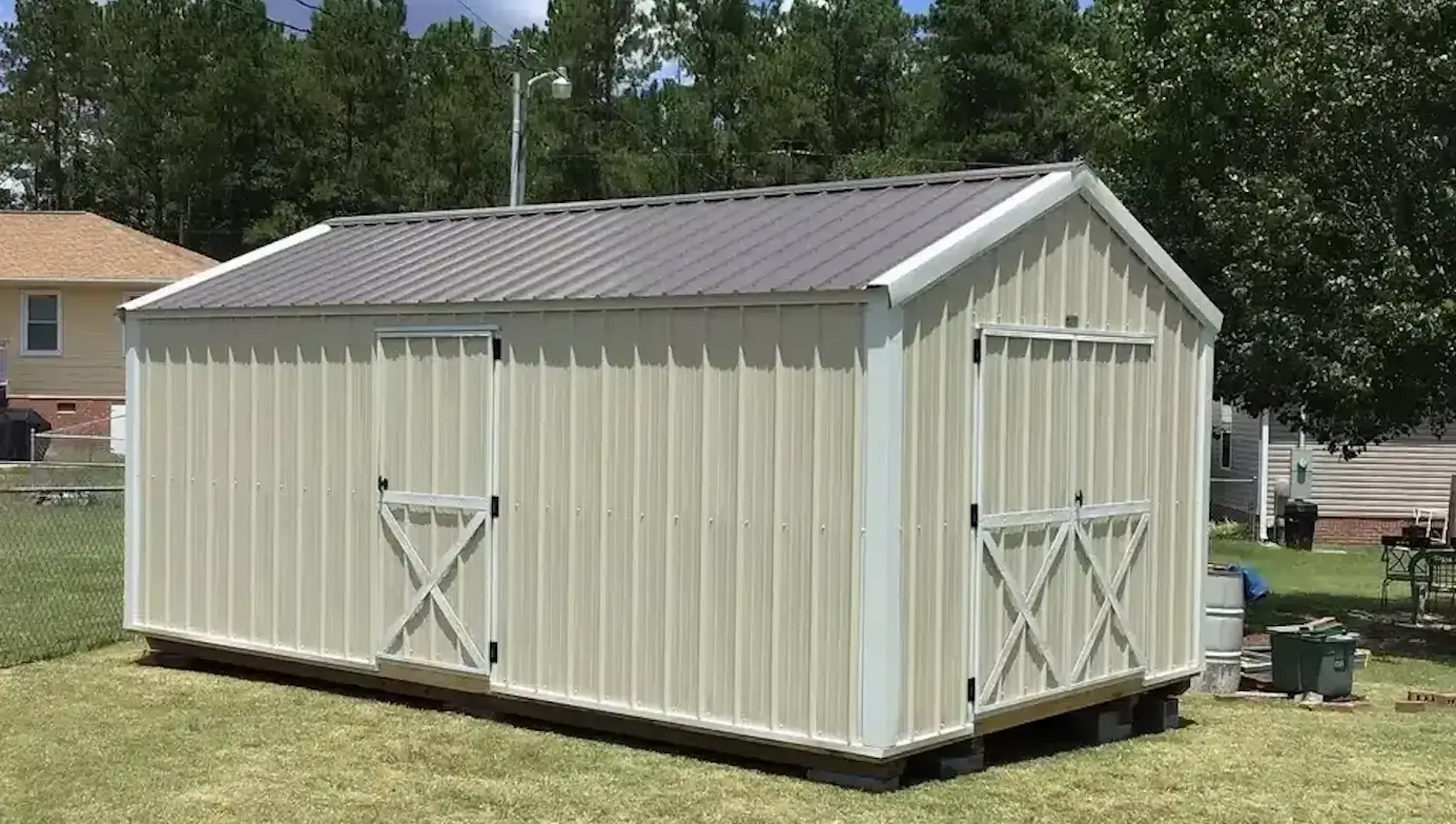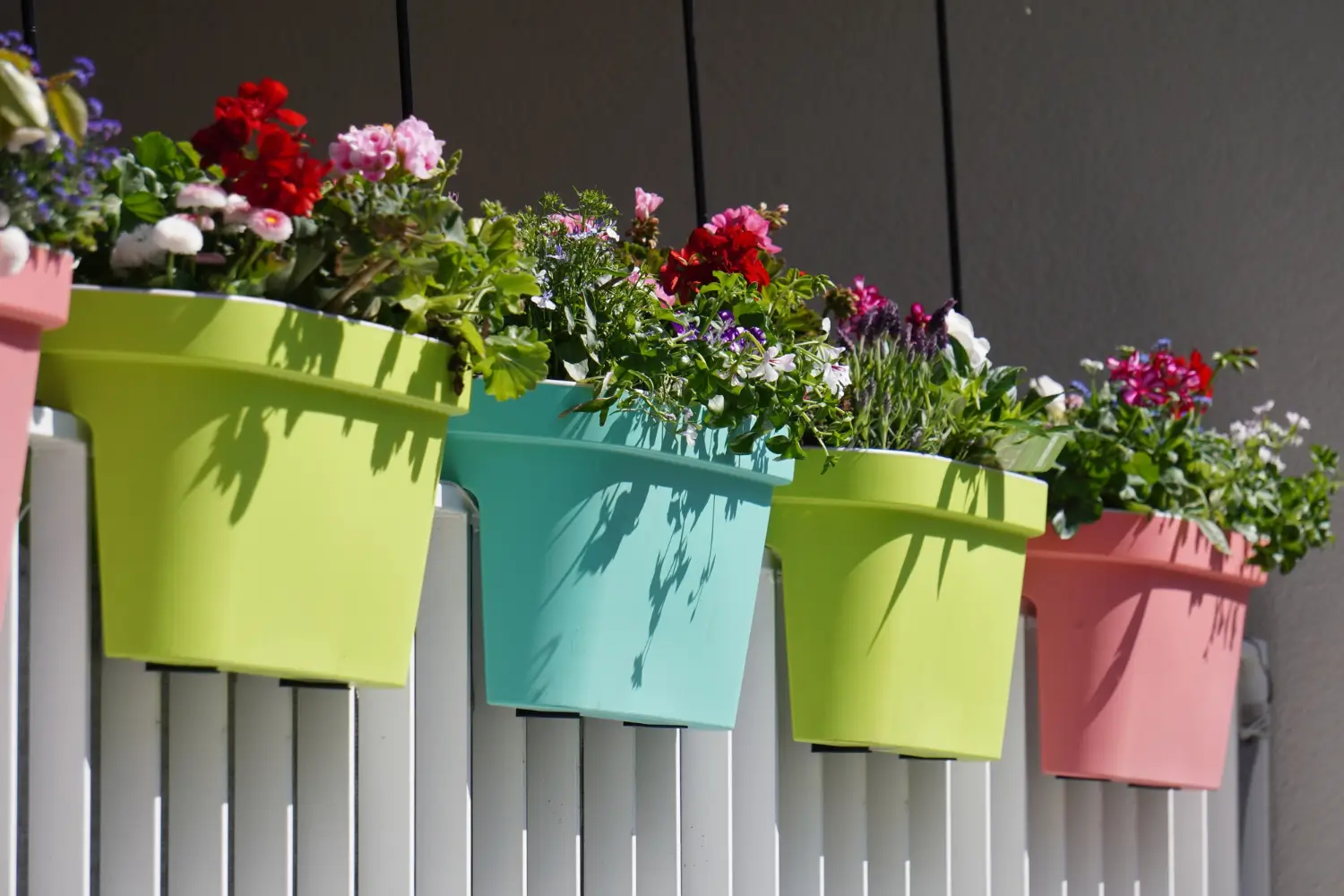
August 24, 2025

When there's no space for a garden, it's tough to be able to appreciate nature's beauty. It’s a common issue for people living in cities or small, cramped homes. Flower boxes address this problem by bringing an added peace of color and life to small spaces and areas of the home such as windows, railings, decks, patios, and porches. There, they continue to be a quick and easy way to add some flora and fauna to any space, even the smallest.
Flower boxes are required because they serve to maximize small outdoor spaces. Not everyone has a backyard or a large garden but everyone can add plants to their space. But these are more than decorative boxes; they bring fresh air, beauty and a hint of privacy. Flower boxes bring the beauty of nature to places where traditional gardens are not feasible.
A window box is a type of flower container for live flowers or plants in the form of a box attached to or just below the sill of a window. They can be mounted on windows, affixed to railings and placed on patios and balconies. They are a favorite model for bringing greenery to spaces that might otherwise be too cramped for a garden. Flower boxes allow to add beyou auty and color anywhere around the home, even within the busiest city or town limits.
When it comes to flower boxes, there are a few options for materials users can choose from. Each material has its pros and cons, depending on what look the user is going for and how the space is used.
1. Wood
2. Metal
3. Plastic
4. Ceramic
When choosing a flower box, it's important to consider both the size of the box and its placement. Wrong size or wrong placement could mean unhappy plants or an unattractive appearance.
Size
Holders should be reasonable with respect to the space where they will be placed. An oversized box can overpower a small space, while an undersized box might look awkward. And check the depth of the box, make sure it is deep enough to accommodate the plants' root systems. Six to eight inches is good for most flowers.
Placement
Window boxes are a relatively simple and adorable way to add color and plant life to the home’s exterior.
Many people are drawn to the look of wooden boxes, with the added appeal that they often tend to be painted in neutral hues, either white or black, to match the outside of a home. These window boxes can be filled with flowers or plants of your choice for a well-arranged look. Traditional window boxes are the best fit for a traditional home, cottage or even modern spaces with the right plants.
They can be painted, for homes that want to feature more color, or left a little rustic and unfinished, in the spirit of a more natural vibe. These boxes are good for the environment and fully customizable which is perfect for a hands on project. They are also good for self-expression and ideal for the weekend gardener.
Creating new combinations of plants in window boxes every season is an entertaining way to keep the window box looking great year-round. Here are some seasonal ideas:
Below are some fantastic plants for window boxes, based on their light exposure and decorative quality:
Flower boxes for railings and balconies are an ideal solution to make the most out of limited space and bring colorful green appeal to any deck, porch, or patio.
Railing planters are the list hanging garden collection for growing herbs, flowers plants and vegetables in a small space budget. These planters are held in place on the railing, meaning that residents can grow plants without using any of their already priceless floor space.
This choice is particularly ideal for those looking to bring a little greenery to small spaces or rooftop gardens that are too small for traditional garden beds.
Small balcony flower boxes make great use of limited space. They can hang on the balcony, be placed on the windowsill, or be put on the table, with the ability to create a beautiful flower bed.
Even better, if in need of space-saving options, tiered or hanging planters can be a more aesthetically pleasing option to create a vertical garden, with plants draping down, making use of space that isn’t taking up the floor space.
The following plants are good for setups like these:
Flower boxes are an easy way to add color and flair to the home and garden. These planters make space for greenery and color even when space is limited.
For patios, larger flower boxes can enrich an outdoor space as focal points or natural barriers. Bigger boxes make it possible to grow plants that are bigger while also providing space for the inclusion of fuller flower varieties. Patio planters can definitely be both decorative and functional. They can soften hard lines and lend a welcoming feel, so users can enjoy the outdoor space for relaxation or entertaining.
When space is limited, wall mounted or stacked planters are a wonderful option for vertical gardens. By growing upward instead of outward, people can conserve precious space on the floor and still produce a vibrant green spectacle. While wall-mounted flower boxes can be installed on fences, walls or the side of a house, stacked planters deliver that tiered, layered look without the hassle of simultaneously watering, but can effectively grow a wide range of plants in a small space.
Flowers are a natural pairing with herbs or crops in flower boxes, a great way to combine green spaces and edible gardens in a small space. Flowering plants can do double-duty; not only are they beautiful, many of them are useful as well as visually appealing like herbs such as basil, rosemary and thyme, which pair nicely with color. Vegetables such as lettuce, spinach or cherry tomatoes can grow inside flower boxes, producing a productive and decorative garden in small spaces.
In setting up flower boxes that will sit on patios or cramped porches, matching the planters’ colors and styles to outdoor furniture and decor is key. Select planters that coordinate or contrast with the furniture, like a weathered wood box to go with a farmhouse-style patio set or streamlined, modern containers to go with a minimalist outdoor look.
Good care makes all the difference when it comes to the health of the flower box. Here’s a handy guide to help make sense of it all:
Can I plant vegetables or herbs in flower boxes?
Yes. Herb boxes are ideal for cultivating plants such as basil, rosemary and thyme as well as small vegetables including lettuce, spinach and cherry tomatoes. Just make sure that the plants get a good amount of sun and that the box has good drainage.
How can I make my flower boxes look unique?
Experiment with colors and styles for a personal touch. Play off contrasting heights, textures and colors of plants for visual interest. Enhance with fairy lights, ribbons or little statues. Users may also test out DIY materials such as wooden crates or repurposed containers.
Can flower boxes be used in small spaces?
Absolutely. Fits small spaces such as balconies, patios and window sills. They enable the addition of nature and color without taking up too much space, which is a plus if living in an urban environment or other compact quarters.
Flower boxes are a convenient place to grow colorful annuals that fill in a landscape, offer brilliant displays around trees, and dress up fences. Planted on a windowsill, patio or balcony, flower boxes offer a way to garden in space-challenged spots. For a thriving flower box, users need to select the right plants and soil, implement proper spacing in a small space, and ensure regular watering and fertilizing to help them grow.
Suppose you are interested in small space gardening and growing your own plants. Check out the Growcycle marketplace as their service helps users to organise and monitor their garden progress to make sure they have the best gardening experience in the smallest space.
Disclaimer: This material is for informational purposes only and should not be relied on for legal, medical, financial, or any other form of professional advice.